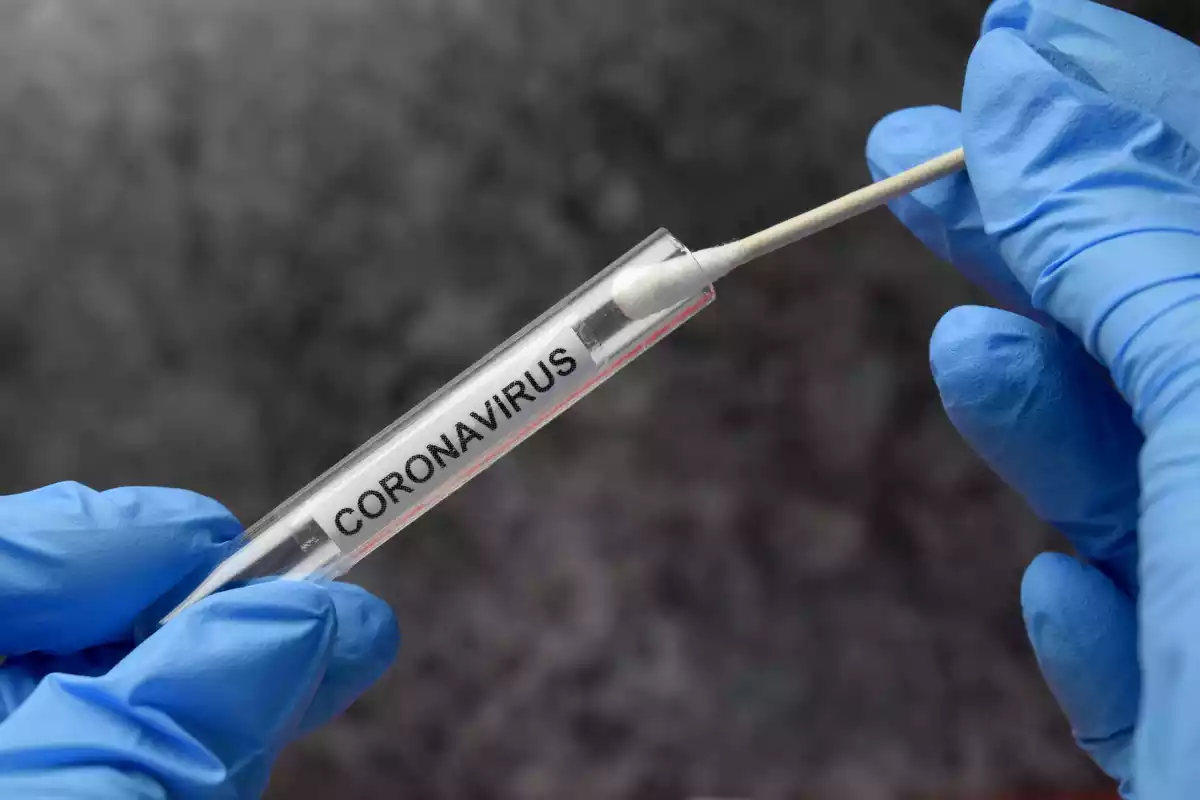
Almost a year has gone by since the pandemic broke out. However, coronavirus remains a largely unknown disease and, for this reason, numerous studies continue to reveal new information about it. Now, researchers at the Hospital Universitario La Paz in Madrid have discovered new symptoms of coronavirus on the tongue, palms of the hands and feet.
The experts have reached this conclusion thanks to a study in which they monitored more than 600 infected patients who were admitted to the IFEMA medical center during the month of April.
The research was carried out by eight primary care doctors from the Hospital Universitario La Paz and has been published in the 'British Journal of Dermatology'.
This study has led to a breakthrough in the early detection of the virus, thanks to the discovery of new symptoms with scientific evidence that are related to alterations in the tongue, hands and feet. Oral alterations and palmoplantar lesions associated with COVID-19 had not been taken into account until the publication of this article.
New symptoms of COVID-19
The study has determined that 25% of those infected have presented alterations in the mouth and tongue, while 40% have shown lesions on the palms of the hands and soles of the feet.
What experts have called 'COVID tongue' causes an increase in the size of this muscular organ and other lingual lesions such as the presence of smoother areas, often associated with loss of taste.
"The oral cavity can be altered by COVID-19 disease, lingual edema with transient 'U'-shaped lingual papillitis or glossitis with patchy epilation are very characteristic signs, as is the burning sensation in the oral cavity," the researchers explained in the study published in the British Journal of Dermatology.
Moreover, the experts at the Hospital Universitario La Paz have also detected alterations on the palms of the hand and the soles of the feet: the appearance of small, characteristic spots or a burning sensation and blotch with peeling.
"This burning feeling can also appear on palms and soles in a reddish color or peeling and spots", they have highlighted.
As with other more familiar symptoms such as fever or cough, the presence of these symptoms can also help in the early detection of the virus. "They can all be key signs for an early diagnosis of this disease."
More than 600 coronavirus patients took part in the study
The study on alterations in the tongue was carried out during the month of April at IFEMA by professionals from the Servicio Madrileño de Salud (SERMAS. In English: Madrid Health Service).
To carry out the research, the professionals examined the skin and oral mucosa of 666 patients with coronavirus. Of all those who underwent the analysis, a total of 78 (25.65%) presented alterations.
The most frequently detected lesion in the individuals studied was transient anterior U-shaped lingual papillitis (11.5%), associated with lingual edema (6.6%). This was followed by aphthous stomatitis (6.9%), burning mouth (5.3%), mucositis (3.9%), glossitis with patchy epilation (3.9%), saburral tongue (1.6%) and enanthema (0.5%).
Furthermore, alterations on the palms of the hands and soles of the feet were detected in 39.8% of the cases.
On this occasion, the most frequently detected lesion was peeling (25%), followed by the appearance of characteristic spots (15%) and a burning sensation (7%).
[This is a translation of the original article "Lengua, manos y pies: Los síntomas para saber si tienes Covid" published in espanadiario.net]

